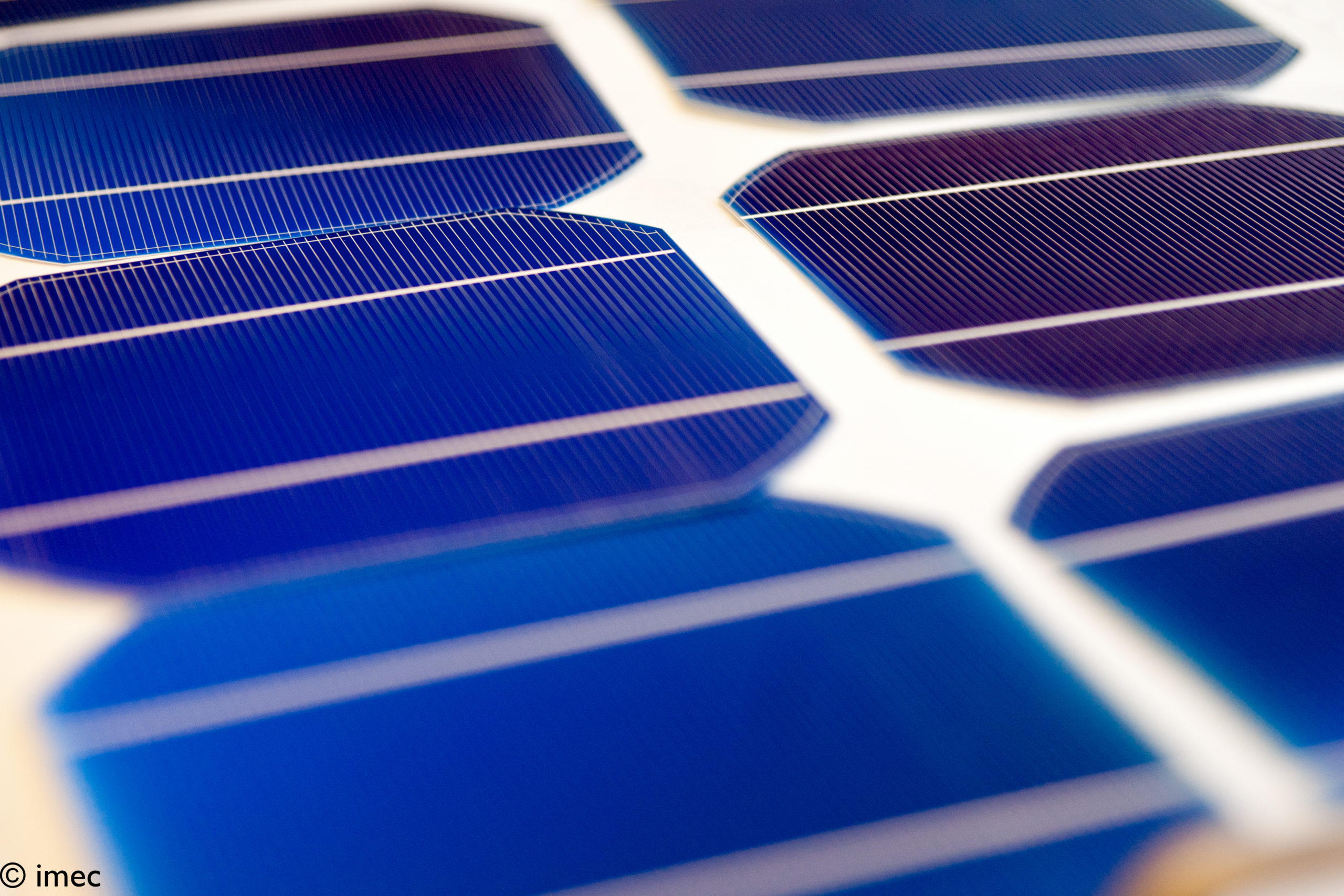Representatives from prominent European PV research institutes and organizations, European PV associations, and European PV manufacturers have come together to advocate for changes in the proposed methodologies for the Ecodesign and Energy Label legislation. In a joint letter addressed to the European Commission (February 1st 2024), they emphasize the need for regulations that serve the climate, the environment and that have a rational and robust methodology. All of the signatories agree on that Ecodesign and Energy Labelling legislations, which set carbon footprint thresholds for PV modules to enter the EU market, have the potential to uphold the competitive advantage of the European PV manufacturing value chain, and could, to some extent counteract the weaker environmental laws outside the EU. But this if ― and only if ― the carbon footprint calculation methodology prevents greenwashing and closes loopholes for manipulation.
The letter underscores That the implementation of flawed methodologies might have the opposite effect than the intention, namely to validate the weaker environmental laws outside the EU. Key recommendations put forth by the industry stakeholders include:
- Carbon Footprint Calculation: The letter urges the Commission to calculate the carbon footprint of PV modules on a kilowatt-peak (kWp) cradle-to-gate basis rather than a kilowatt-hour (kWh) basis. This method, already employed in several countries and international standards, is deemed more reliable and less prone to manipulation through lifetime, degradation, and green energy certificate uncertainties. It also forms the basis for the carbon footprint criteria in the globally recognized Electronic Product Environmental Assessment Tool (EPEAT) ecolabel for solar.
- Limitations on Green Certificates/PPAs: Concerns are raised regarding the allowance of green certificates and Power Purchase Agreements (PPAs) in the proposed Ecodesign draft, allowing manufacturers ― including those heavily reliant on fossil fuels ― to obtain a carbon footprint classification that does not accurately reflect the climate impact of their manufacturing processes. The industry advocates for strict limitations on these mechanisms, and instead recommends considering the use of EPEAT, which imposes clear limitations on market-based energy usage and employs stricter control mechanisms compared to the proposed PEFCR version.
- Improved Energy Label: The current design of the Energy Label, which focuses solely on energy yield, is deemed inadequate since it neglects factors such as reducing production-related emissions, recyclability, and durability. The industry proposes incorporating these factors into the label and if this adjustment is not possible, instead advocates for eliminating the introduction of an energy label for PV modules.
The industry stakeholders emphasize that these recommendations are crucial for achieving the goals of a clean transition and for maintaining the competitive advantage of the European PV manufacturing value chain. They argue that stricter standards and transparent methodologies will prevent greenwashing and foster a more sustainable manufacturing value chain globally.
The letter includes an annex with technical details and reasoning from scholar experts supporting the positions stated, underlining the depth of analysis and consideration behind the recommendations.

Jens Holm
ESMC Policy Director
For more information:
holm@esmc.solar
+4670 825 0889
